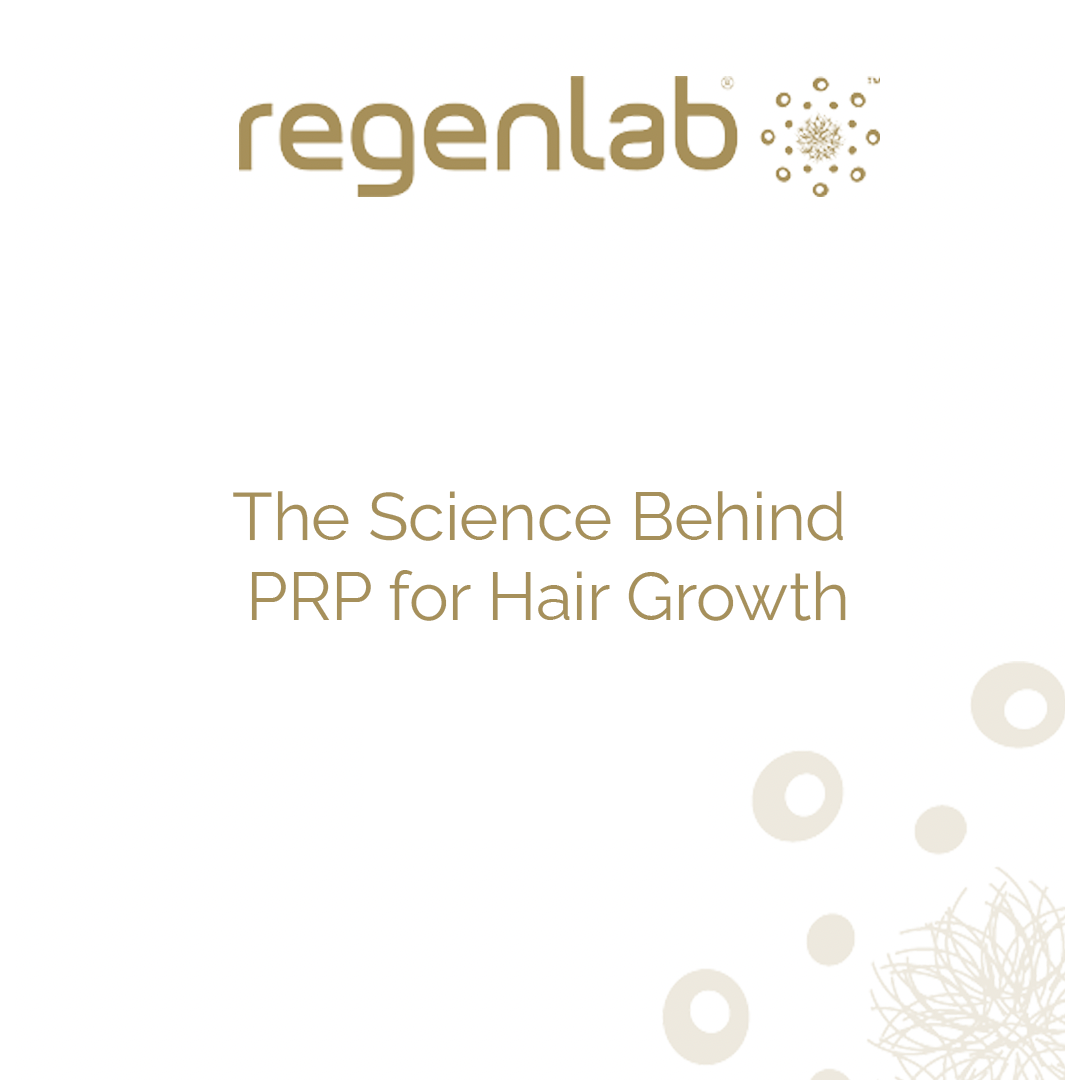Hair loss is a condition that affects millions of people worldwide, and with each year, there seems to be a new treatment or therapy that promises to reverse its effects. Platelet-Rich Plasma (PRP) therapy is gaining popularity. It has hit the headlines as a go-to for celebrities and now, it is becoming more accessible. But what exactly is PRP, and how does it aid in hair regrowth? To demystify this treatment, we’ll explore the process, its benefits, and what to expect.
What Is PRP and How Does It Work?
Platelet-Rich Plasma (PRP) therapy is a medical procedure that uses a concentrated form of the patient’s own blood to promote healing and encourage hair growth. The process begins by drawing a small sample of blood, similar to getting a blood test. This sample, collected within a specialist medical device, is then placed in a centrifuge, which spins at a very high speed to separate the platelets – the component of blood that’s key to clotting and healing – from other blood cells.
The resulting platelets are now concentrated; they contain granules for clotting and growth factors that are vital for cell recovery and can stimulate hair growth. The PRP is then injected into the scalp in areas experiencing hair thinning or loss. Once injected, these platelets also release at least seven different growth factors that enhance tissue repair, collagen production, and encourage new cell growth.
The Benefits of PRP for Hair Growth
It is important to note that while PRP therapy has shown promising results, it is not a silver bullet for all types of hair loss. However, clinical studies have suggested that PRP can improve hair count, hair thickness, and the growth phase of the hair cycle, especially for androgenetic alopecia, commonly known as male or female pattern baldness. The treatment is relatively quick and involves minimal downtime, making it an attractive option for many. Patients will need to still have viable hair follicles for any regenerative treatment to work. Often follicles are just dormant.
PRP therapy is gaining ground in the hair restoration field for its natural approach – using the patient’s own growth factors – and its less invasive nature compared to surgeries like hair transplants.
What to Expect During and After PRP Treatment
During the PRP therapy session, you may experience mild discomfort or minor pain, although this is related to the injection technique. After the treatment, some redness at the injection sites and potential bruising may occur. It’s recommended to avoid washing your hair for 48 hours post-treatment and to follow any aftercare advice provided by your healthcare provider.
It’s important to consider that results can vary from person to person, and multiple treatments, typically spaced a few weeks apart, will be needed to maintain or achieve the desired effect. It’s also crucial to consult with a medical professional to determine if PRP therapy is the right course of action for your hair loss concerns.
Looking for PRP Supplier?
RegenLab offers a range of PRP kits and products for your clinic.
Are you a medical professional looking for PRP kits for your clinic?
If you’re looking for PRP kits, or a PRP Supplier, Please visit RegenLab’s official website.
Request Info
If you’re looking for PRP kits or PRP products. Please CLICK HERE to view RegenLab’s products, alternatively, please use our contact form to request more information.

